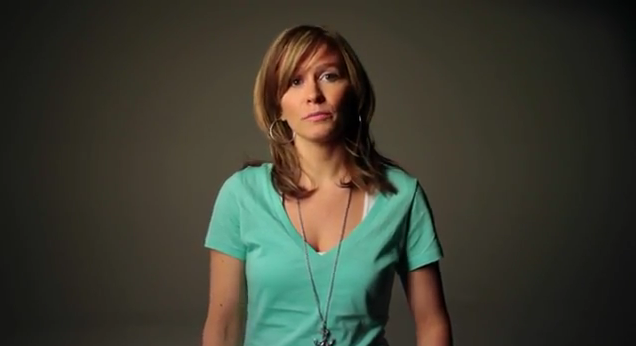Some of my favorite adverts are those that are able tap into our emotions in order to effect a change in our behavior. The “Dear 16 year old me” social media advert by the David Cornfield Melanoma Fund is one that I really like. A skillful blend of poignancy and humor delivers a powerful message to it’s target audience with a clear call to action. I also really like that the advice is coming from the “older self”, this reference group is far more influential to the target than an authority figure.
This second advert is again targeting people’s emotions but with a very different style. The Think! campaign aims to change behavior when it comes ot speeding. I like how this advert helps viewers to picture themselves and imagine their emotional response to the situation. This advert certainly grabbed my attention and made me more aware of my driving.
Advertising that connects with us emotionally is more effective than advertising that promotes product features. We tend to make our decisions emotionally and then justify them rationally to ourselves later. Creating an emotional advert is much more difficult than creating a feature or usage based advert and can backfire if the emotions are not consistent with people’s existing perception of a brand. The adverts in this post are relatively easy to tie to our emotions because of the subject matter. My next post on this topic will cover some examples of how business advertising can successfully leverage emotions in its messaging.
Do you have a favorite emotion based advert?
